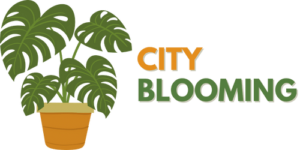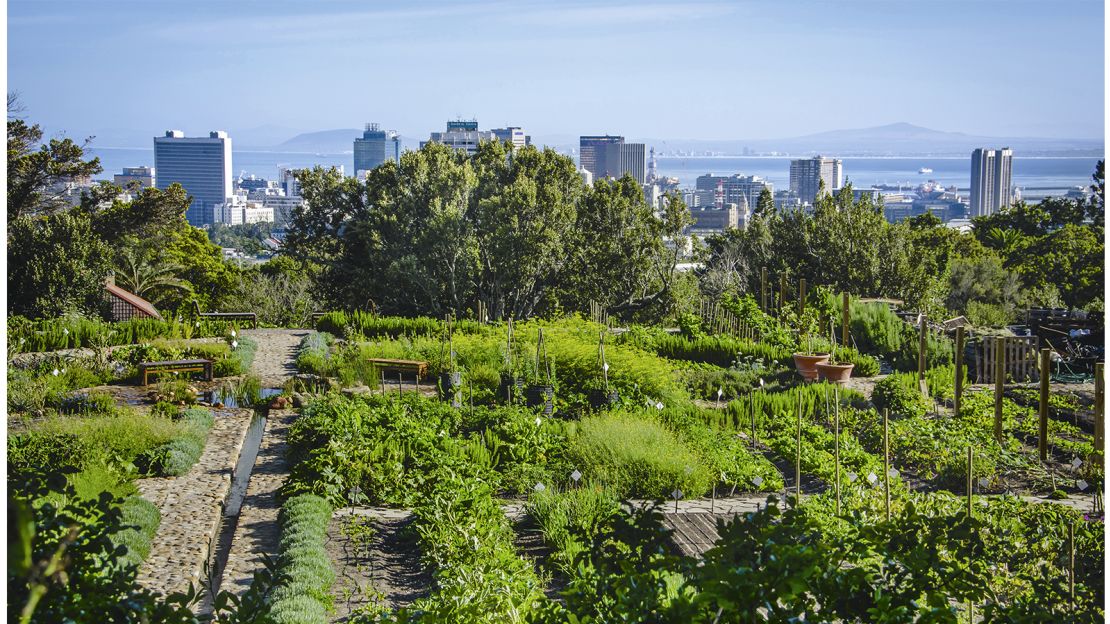Rumored Buzz on City Blooming
Rumored Buzz on City Blooming
Blog Article
City Blooming Fundamentals Explained
Table of ContentsOur City Blooming StatementsThe smart Trick of City Blooming That Nobody is Talking AboutThe Facts About City Blooming UncoveredWhat Does City Blooming Mean?Unknown Facts About City Blooming
Interested in expanding food available in the City of Chicago? Thinking regarding beginning a community yard? Changes to the Chicago Zoning Statute enable farming uses like neighborhood yards and urban farms in several parts of the city. Below is a list of regularly asked inquiries regarding the guidelines and regulations that growers need to think about when planning a city agriculture project.
The zoning change does not customize any type of various other codes taking care of composting, building permits, purchasing or leasing City possessed building, organization licenses or ecological contamination. There are existing codes that regulate these issues and they remain in complete result and may apply to your project. Community yards are typically owned or handled by public entities, public companies or community-based organizations and maintained by volunteers.
Urban farms grow food that is meant to be sold, either on a not-for-profit or for-profit basis. Due to their business objective, urban farms need a service license.
The Main Principles Of City Blooming
Composting is permitted but just for plant material that is generated and used on website. The quantity of compost product can not surpass 25 cubic backyards at any type of provided time according to the criteria in 7-28-715 of the City's Municipal Code. Yes. Due to the fact that the soil at many new yard websites requires modifying, garden compost, dirt, wood chips, or other products can be acquired to construct or improve the expanding area - container and raised bed gardening etc..

If a structure license is required then the hoophouse will certainly be taken into consideration an accessory building. You can discover even more concerning the structure permit demands by speaking to the Division of Buildings. The 25,000-square-foot size limit is planned to avoid a solitary area yard from dominating a provided block or diminishing the block's existing residential or business character.
The restriction does not relate to gardens located in Public Open Space (POS) areas. Can there be greater than one community yard that is 25,000 square feet on a solitary block? Yes. The dimension limitation puts on specific yards, not to private blocks. No. Fencing is not needed, click this however, yards that have large parking lot might be called for to mount secure fencing or other landscaping attributes.
The Best Guide To City Blooming
B1 & B2 areas call for that all business use activities be performed inside. Is fence needed for city ranches? Fences might be needed, along with landscape design and testing, for specific vehicle parking locations and outside job or storage areas depending on area and the certain activity taking location.
Yes. Urban farms call for building permits and zoning authorizations prior to building and construction. Other types of city review might be required depending upon details frameworks, tasks, size, landscape design, licensing, public heath and stormwater administration concerns. Much of these demands are recognized in the task layout or permitting procedure, nevertheless, the candidate may be accountable to individually identify particular licenses or allows that may be needed.
The Department of Business Affairs and Customer Security can help establish the particular type of service license that's needed. Off street car parking is required for a lot of industrial projects in Chicago. The called for number of auto parking spaces is based on the number of workers functioning on website and not the square footage of the growing space.
City Blooming Can Be Fun For Anyone

Yes. A metropolitan ranch can offer compost product produced on site, however, the procedure should adhere to the regulations in 7-28-715 of the Chicago Municipal Code. Yes. Aquaponic systems are permitted indoors on urban ranches in many zoning districts. A zoning evaluation and building permit is required in order to set up structures or systems and an organization certificate is required as described above.
Approximately five hives or swarms of honey bees might be maintained as an accessory usage. Beekeepers have to sign up with the Illinois Department of Farming. For more details concerning the suggested zoning modification you may call the Department of Real Estate and Economic Advancement, Bureau of Planning and Zoning at 312.744.8563.
Farming in cities and urban areas A metropolitan ranch in Chicago. Urban agriculture refers to different techniques of growing. https://x3n7gir0m43.typeform.com/to/xy4y6eO6, processing, and distributing food in metropolitan locations. The term likewise applies to the area tasks of pet husbandry, tank farming, beekeeping, and cultivation in a metropolitan context. Urban agriculture is differentiated from peri-urban farming, which takes place in backwoods beside suburbs.
Some Of City Blooming
It can entail a motion of organic growers, "foodies" and "locavores", who look for to create social networks founded on a shared values of nature and area holism. These networks can create using official institutional assistance, becoming incorporated right into local town planning as a "shift community" movement for lasting urban advancement.
Some of the initial evidence of metropolitan farming comes from Mesopotamia.
Report this page